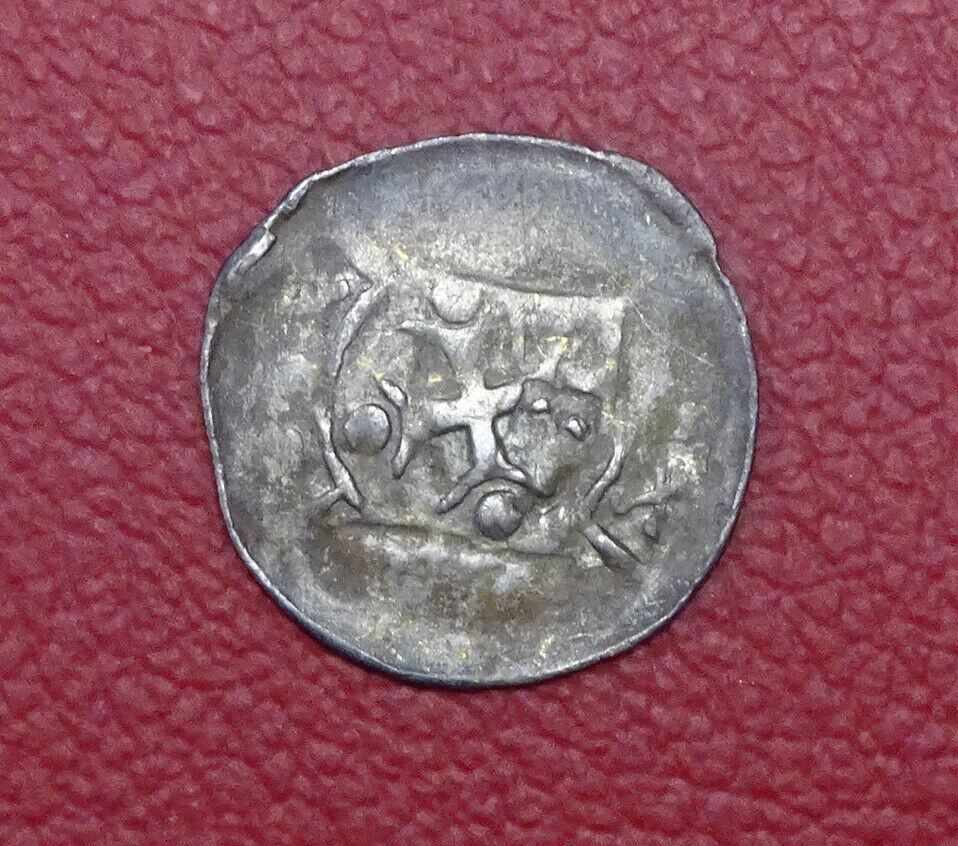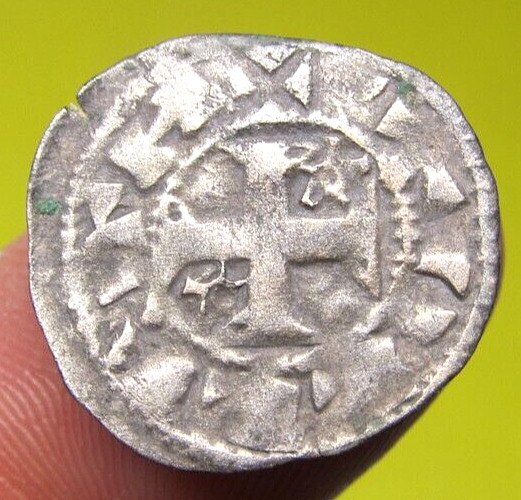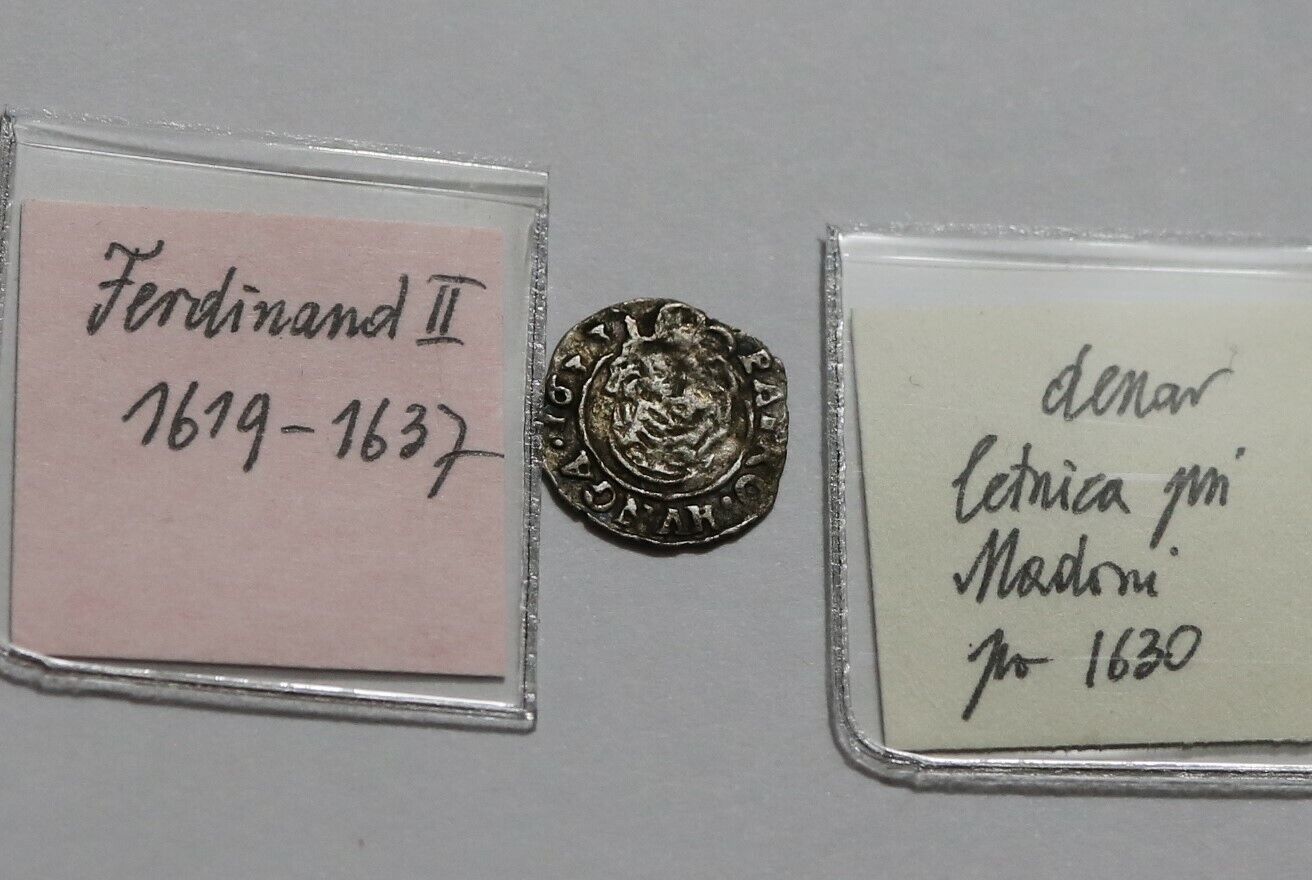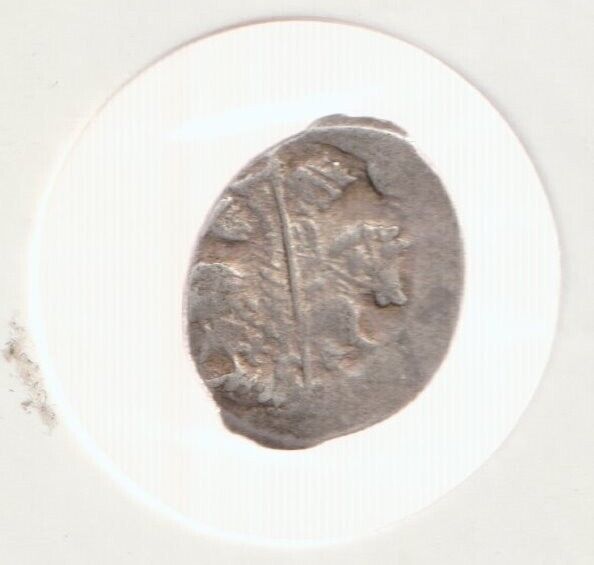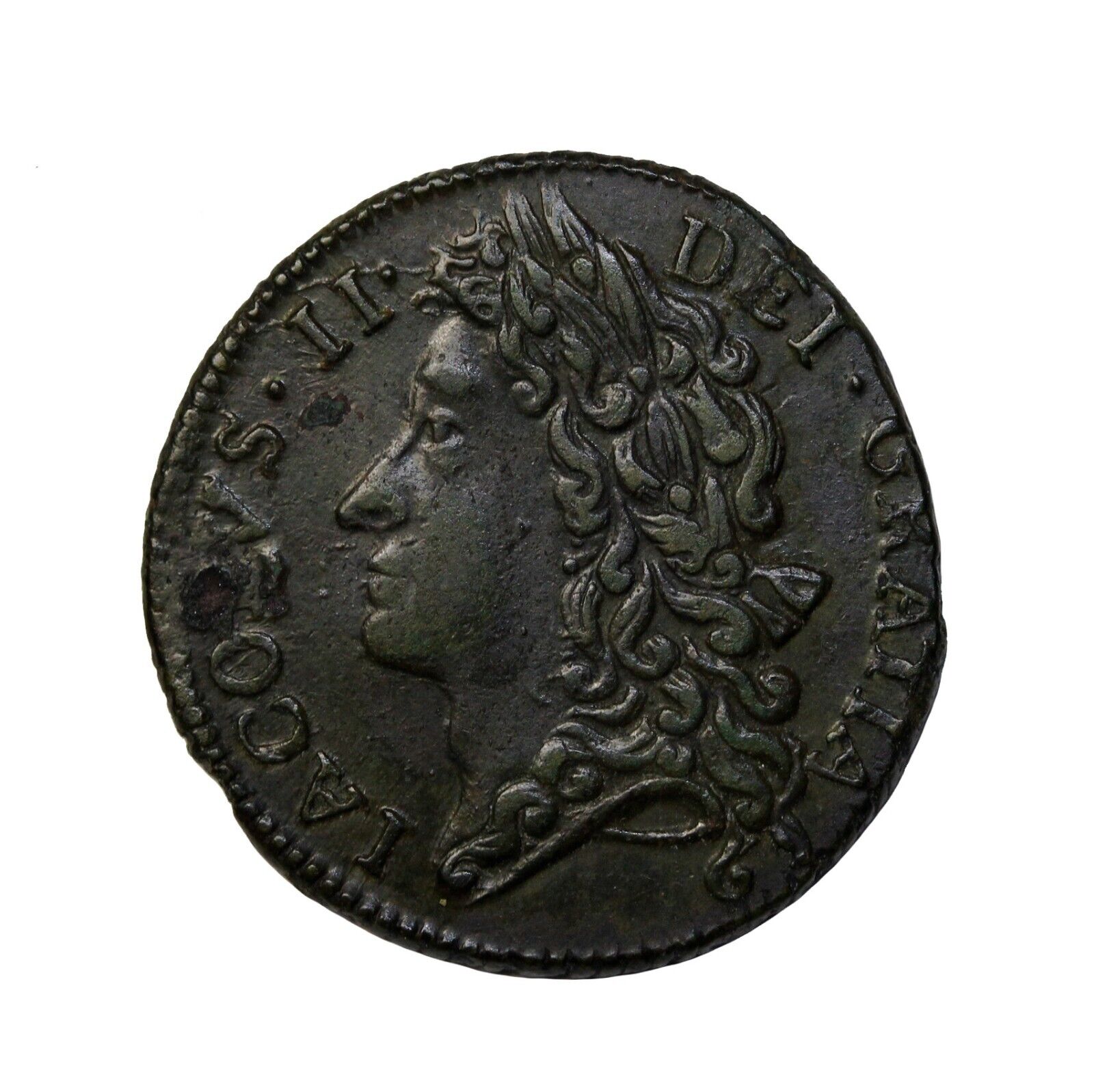-40%
Genuine Medieval silver coin Grand Duchy of Lithuania penny knight chase 1558
$ 62.3
- Description
- Size Guide
Description
Medieval silver coin Grand Duchy of Lithuania penny knight chase 1.09 gram 1558 bm89The Grand Duchy of Lithuania was a European state that lasted from the 13th century to 1795, when the territory was partitioned among the Russian Empire, the Kingdom of Prussia and Austria. The state was founded by the Lithuanians, a polytheistic Baltic tribe from Aukštaitija.
The Grand Duchy expanded to include large portions of the former Kievan Rus' and other neighbouring states, including what is now Belarus and parts of Ukraine, Latvia, Poland and Russia. At its greatest extent, in the 15th century, it was the largest state in Europe. It was a multi-ethnic and multi-confessional state, with great diversity in languages, religion, and cultural heritage.
The consolidation of the Lithuanian lands began in the late 12th century. Mindaugas, the first ruler of the Grand Duchy, was crowned as Catholic King of Lithuania in 1253. The pagan state was targeted in the religious crusade by the Teutonic Knights and the Livonian Order. The multi-ethnic and multi-confessional state emerged only at the late reign of Gediminas and continued to expand under his son Algirdas.[8] Algirdas's successor Jogaila signed the Union of Krewo in 1386, bringing two major changes in the history of the Grand Duchy of Lithuania: conversion to Catholicism and establishment of a dynastic union between the Grand Duchy of Lithuania and the Crown of the Kingdom of Poland.
The reign of Vytautas the Great marked both the greatest territorial expansion of the Grand Duchy and the defeat of the Teutonic Knights in the Battle of Grunwald in 1410. It also marked the rise of the Lithuanian nobility. After Vytautas's death, Lithuania's relationship with the Kingdom of Poland greatly deteriorated. Lithuanian noblemen, including the Radvila family (Radziwiłłs), attempted to break the personal union with Poland.However, unsuccessful wars with the Grand Duchy of Moscow forced the union to remain intact.
Eventually, the Union of Lublin of 1569 created a new state, the Polish–Lithuanian Commonwealth. In the Federation, the Grand Duchy of Lithuania maintained its political distinctiveness and had separate ministries, laws, army, and treasury.The federation was terminated by the passing of the Constitution of 3 May 1791, when there was supposed to be now a single country, the Commonwealth of Poland, under one monarch, one parliament and no Lithuanian autonomy. Shortly afterward, the unitary character of the state was confirmed by adopting the Reciprocal Guarantee of Two Nations.
However, the newly-reformed Commonwealth was invaded by Russia in 1792 and partitioned between the neighbors, with a truncated state (principal cities being Kraków, Warsaw and Vilnius) remaining only nominally independent. After the Kościuszko Uprising, the territory was completely partitioned among the Russian Empire, the Kingdom of Prussia and Austria in 1795.



